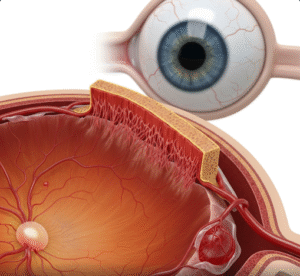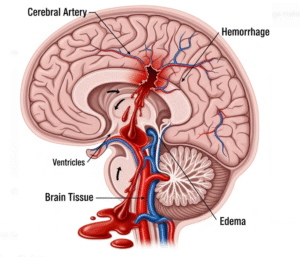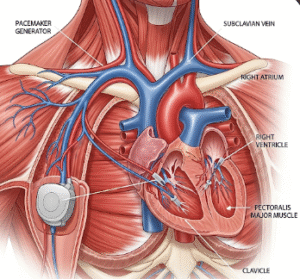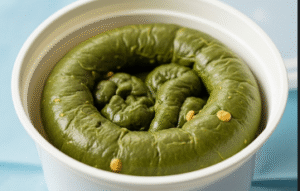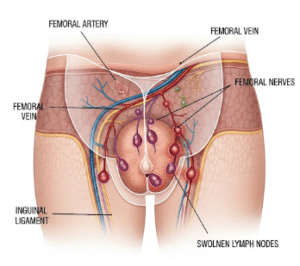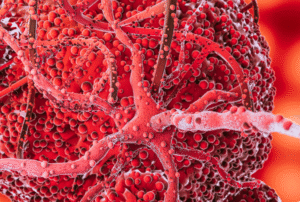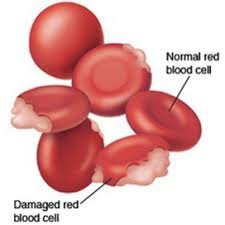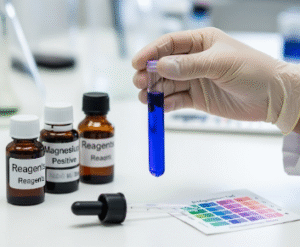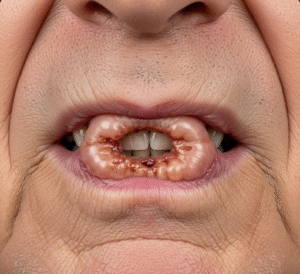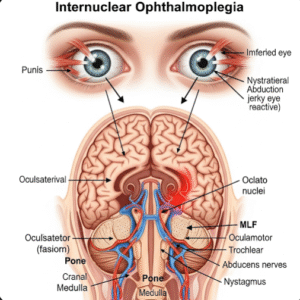Overview
Cholecystitis is the inflammation of the gallbladder, most commonly caused by gallstones blocking the cystic duct. It can be acute (sudden and severe) or chronic (recurrent and persistent). In Korea, cholecystitis is a fairly common condition due to dietary habits and gallstone prevalence, and it is managed effectively with modern diagnostic imaging and advanced minimally invasive surgeries.
What is Cholecystitis?
Cholecystitis occurs when the gallbladder, a small organ under the liver that stores bile, becomes inflamed. Most cases result from gallstones obstructing the bile duct, but it can also occur due to infections, tumors, or bile duct problems.
Symptoms
- Sudden and intense pain in the right upper abdomen
- Pain that may radiate to the right shoulder or back
- Fever and chills
- Nausea and vomiting
- Tenderness over the gallbladder area
- Indigestion or bloating after fatty meals
Causes
- Gallstones (most common cause) – block bile flow, leading to inflammation
- Bile duct obstruction due to scarring or tumors
- Infections (bacterial or viral)
- Severe illness, trauma, or surgery (acalculous cholecystitis)
- Rarely, problems with bile composition leading to crystal formation
Risk Factors
- Being female (especially middle-aged women)
- Obesity and rapid weight loss
- High-fat, high-cholesterol diet
- Pregnancy
- Diabetes
- Family history of gallstones
- Older age
Complications
- Gallbladder rupture (life-threatening emergency)
- Gangrenous cholecystitis (tissue death in gallbladder)
- Abscess formation
- Bile peritonitis (bile leakage into abdominal cavity)
- Chronic cholecystitis, leading to recurrent attacks
Prevention
- Maintain a healthy body weight
- Eat a balanced diet rich in fiber and low in unhealthy fats
- Avoid rapid weight loss diets
- Regular exercise
- Manage underlying conditions such as diabetes and high cholesterol
Treatment Options in Korea
Korea provides world-class diagnostic and surgical treatment for gallbladder diseases, particularly through minimally invasive procedures.
1. Diagnosis
- Ultrasound – first-line imaging for gallstones and gallbladder inflammation
- CT scan / MRI (MRCP) – for detailed bile duct evaluation
- Blood tests – to check liver function and infection markers
2. Medical Treatment
- Hospitalization with IV fluids and fasting (NPO)
- Antibiotics for infection
- Pain management with medications
3. Surgical Treatment
- Laparoscopic Cholecystectomy – gold standard in Korea; minimally invasive removal of the gallbladder with fast recovery and small scars
- Open Cholecystectomy – rarely used, only if laparoscopic surgery is not possible
- Endoscopic procedures (ERCP) – used if gallstones are blocking the common bile duct
4. Post-Treatment Care
- Patients usually recover quickly after laparoscopic surgery (1–2 days hospital stay)
- Lifestyle modifications to maintain digestive health without the gallbladder


